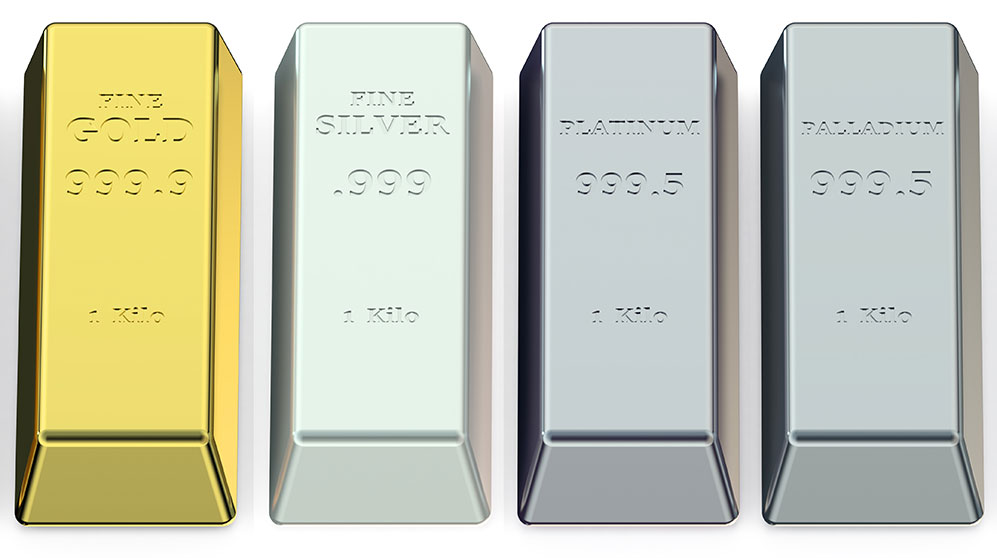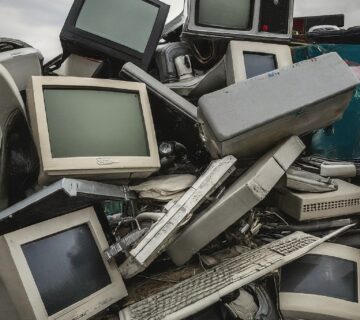Electronic waste (e-waste) is rapidly becoming one of the most serious environmental issues of our time. With the rapid growth of technology, millions of tons of discarded electronics end up in landfills every year. However, within this so-called waste lies a treasure trove of precious particles—metals and materials that are not only valuable but also critical to the production of new electronic devices. In this blog, we will explore the hidden riches in e-waste and the importance of recycling these precious particles.
The Hidden Goldmine in E-Waste
What is E-Waste?
E-waste includes discarded electronic devices such as smartphones, computers, televisions, and other electronic appliances. These items often contain a mix of hazardous substances and valuable materials. Proper disposal and recycling of e-waste are crucial to minimize environmental harm and recover valuable resources.
Precious Metals in E-Waste
-
- Gold (Au)
-
- Where it’s found: Printed circuit boards, connectors, and pins.
- Why it’s valuable: Gold is a highly conductive and non-corrosive metal, making it ideal for use in electronic components. Its high value and limited availability making gold recovery from e-waste economically viable.
-
- Silver (Ag)
-
- Where it’s found: Contacts, switches, and circuit boards.
- Why it’s valuable: Silver has the highest electrical conductivity of any metal, which makes it crucial in electronics. It’s used extensively in soldering and in various electronic components.
-
- Platinum (Pt)
-
- Where it’s found: Hard disk drives, catalytic converters, and other high-end electronics.
- Why it’s valuable: Platinum is highly resistant to tarnishing and wears. Its rarity and essential properties for electronics make it a precious metal worth recovering.
-
- Palladium (Pd)
-
- Where it’s found: Multi layer ceramic capacitors, connectors, and switches.
- Why it’s valuable: Palladium is used for its excellent corrosion resistance and conductivity. It’s a critical component in many high-tech devices, and its recovery is crucial for sustainable resource management.
-
- Copper (Cu)
-
- Where it’s found: Wires, printed circuit boards, and electromagnets.
- Why it’s valuable: Copper is one of the most widely used metals in electronics due to its excellent conductivity and versatility. Recycling copper helps reduce the environmental impact of mining and processing.
-
- Gold (Au)

Other Valuable Materials
-
- Rare Earth Elements (REEs): Elements like neodymium, yttrium, and europium are vital for manufacturing powerful magnets, display screens, and other high-tech components. Their extraction from e-waste can significantly reduce the environmental impact of mining.
- Lithium (Li): Essential for batteries in smartphones, laptops, and electric vehicles, lithium is a critical resource. Recycling lithium from e-waste is crucial for sustainable energy solutions.
- Tantalum (Ta): Used in capacitors, tantalum is a rare metal that is vital for the miniaturization of electronic devices. Its recovery from e-waste is not only economically beneficial but also reduces the need for conflict mineral mining.
The Importance of Recycling E-Waste
Environmental Benefits
-
- Reduction of Landfill Waste: Proper recycling of e-waste helps to reduce the amount of electronic waste that ends up in landfills, thereby minimizing soil and water contamination.
- Resource Conservation: Recovering precious metals and materials from e-waste reduces the need for mining, which is often environmentally destructive and energy-intensive.
- Reduction of Greenhouse Gas Emissions: Recycling e-waste consumes less energy compared to extracting and processing raw materials, leading to lower greenhouse gas emissions.
Economic Benefits
-
- Job Creation: The e-waste recycling industry generates employment opportunities in collection, transportation, and processing of electronic waste.
- Economic Value: The recovery of precious metals and rare elements from e-waste adds significant economic value. For instance, the gold in e-waste alone is worth thousands of Rupees annually.
- Sustainable Supply Chains: Recycling e-waste ensures a more sustainable supply of critical materials, supporting the electronics industry and reducing dependence on volatile international markets.
Technological Advancements
-
- Innovative Recycling Techniques: Advancements in technology are making e-waste recycling more efficient and cost-effective. Processes like hydrometallurgy and bioleaching are being developed to extract precious metals more sustainably.
- Improved Design for Recycling: Manufacturers are beginning to design electronic products with recycling in mind, using modular designs and less toxic materials to facilitate easier disassembly and recovery of valuable components.
How You Can Contribute
Responsible Disposal
-
- Recycle Your Electronics: Take your old electronics to certified e-waste recycling centers like GRKMS Private Limited, instead of discarding them in the trash.
- Donate or Resell: If your electronics are still functional, consider donating or reselling them. Extending the life of electronic devices reduces the overall e-waste generated.
- Support Sustainable Brands: Choose brands that prioritize sustainability and use recycled materials in their products.
Advocacy and Awareness
-
- Spread the Word: Educate others about the importance of e-waste recycling and the precious particles hidden within discarded electronics.
- Support Legislation: Advocate for stronger e-waste recycling laws and policies that hold manufacturers accountable for the end-of-life disposal of their products.
- Participate in E-Waste Drives: Join or organize community e-waste collection events to facilitate the proper disposal and recycling of electronic devices.
Conclusion
Electronic waste is not just a mounting environmental problem but also a valuable resource that we cannot afford to ignore. By understanding the precious particles hidden in e-waste and taking active steps to recycle and recover these materials, we can contribute to a more sustainable and economically beneficial future. Let’s recycle today For a Better Tomorrow by transforming the way we handle e-waste and unlock the hidden treasures within our discarded electronics.

